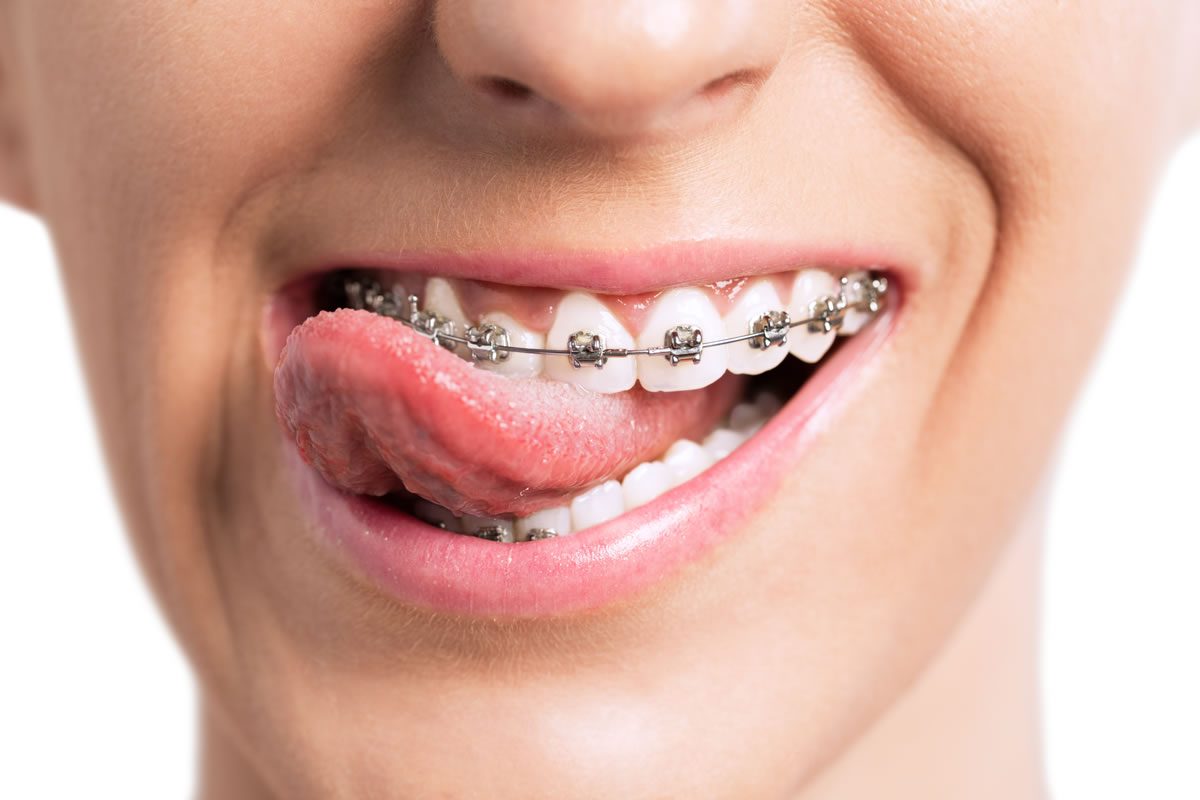9 Simple Techniques For Causey Orthodontics
Table of ContentsCausey Orthodontics for DummiesThe Buzz on Causey OrthodonticsAll About Causey Orthodontics4 Easy Facts About Causey Orthodontics ShownCausey Orthodontics Fundamentals ExplainedA Biased View of Causey OrthodonticsWhat Does Causey Orthodontics Mean?
What is the distinction in between a dental professional and an orthodontist? To respond to a concern that is frequently asked, both dental professionals and orthodontists help individuals acquire much better oral health, albeit in different ways. It helps to keep in mind that dentistry is a rather broad scientific research with different medical field of expertises. All dental experts, including orthodontists, treat the teeth, periodontals, jaw and nerves.
You can think of both medical professionals who treat periodontal and teeth problems. The major difference is that becoming an orthodontist requires a specific specialized in treating the imbalance of the teeth and jaw.
The Of Causey Orthodontics
An orthodontist is a dental professional that has undergone training to specialize in the diagnosis, avoidance and therapy of irregularities in the jaw and teeth. Their training consists of fixing these existing conditions. They can additionally recognize potential troubles in teeth placement that may develop when conditions are left untreated. Orthodontists can assist people of every ages.
This includes all the required education to come to be a basic dentist. According to the American Student Dental Organization (ASDA), it suggests you will certainly need to have either a Medical professional of Medication in Dentistry (DMD) or a Medical Professional of Oral Surgery (DDS). In other words, orthodontists require to complete oral institution and afterwards acquire an orthodontics specialty education.
Some orthodontists likewise obtain their masters in craniofacial biology. These programs concentrate on 2 certain areas or self-controls: Dentofacial Orthopedics: This study focuses on directing teeth and jaw advancement.
Causey Orthodontics for Beginners

 The general goal of an orthodontist is to improve an individual's bite. Not everybody is birthed with straight teeth, and an orthodontist will certainly make sure that people get equally spaced straight teeth.
The general goal of an orthodontist is to improve an individual's bite. Not everybody is birthed with straight teeth, and an orthodontist will certainly make sure that people get equally spaced straight teeth.
Everything about Causey Orthodontics
The American Organization of Orthodontists advises your very first check up by age 7. You'll need to see your orthodontist if you have an imbalance in your teeth, additionally referred to as malocclusion. Also, if you see uneven bite patterns, a somewhat irregular jaw, or when your teeth are chock-full, you will likely need orthodontic treatment.
At Advanced Orthodontics, we give people with a alternative therapy experience. Furthermore, we provide flexible treatment schedules, versatile repayment options and a fun, delightful experience. Telephone call ( 480) 357-4900 today for additional information and routine a visit.
An orthodontist is a dental practitioner educated to diagnose, prevent, and deal with teeth and jaw abnormalities. Orthodontists work with individuals of all ages, from youngsters to grownups (https://www.last.fm/user/causeyortho7).
Causey Orthodontics - The Facts
Malocclusion, or misaligned teeth, can cause oral issues, including dental cavity, gum tissue condition, and tough or agonizing eating. Not everyone is born with straight teeth. If you have a negative bite or big spaces between your teeth, you may intend to speak with a dental practitioner focusing on orthodontic care.
(Image Credit Rating: DigitalVision/Getty Images) Orthodontists use dealt with and detachable dental devices, like braces, retainers, and bands, to transform the placement of teeth in your mouth. Orthodontic treatment is for oral irregularities, including: Uneven teethBite issues, like an overbite or an underbiteCrowded teeth or teeth that are as well much apartJaw misalignmentThe goal of orthodontic treatment is to enhance your bite.
What Does Causey Orthodontics Mean?

, yet not all dentists are orthodontists. They focus on two areas: Just how to properly and safely move teeth How to properly lead growth in the teeth, jaw, and faceOnce an orthodontist has finished training, they have the option to come to be board licensed.
Malocclusion leads to tooth congestion, a twisted jaw, or irregular bite patterns. Malocclusion is generally treated with: Your orthodontist connects metal, ceramic, or plastic square bonds to your teeth.
The Greatest Guide To Causey Orthodontics
If you have just minor malocclusion, you might have the ability to utilize clear dental braces, called aligners, rather of standard braces. Some people need a headgear to assist relocate teeth into line with stress from outside the mouth. After braces or aligners, you'll need to put on a retainer. A retainer is a personalized device that maintains your teeth in position.